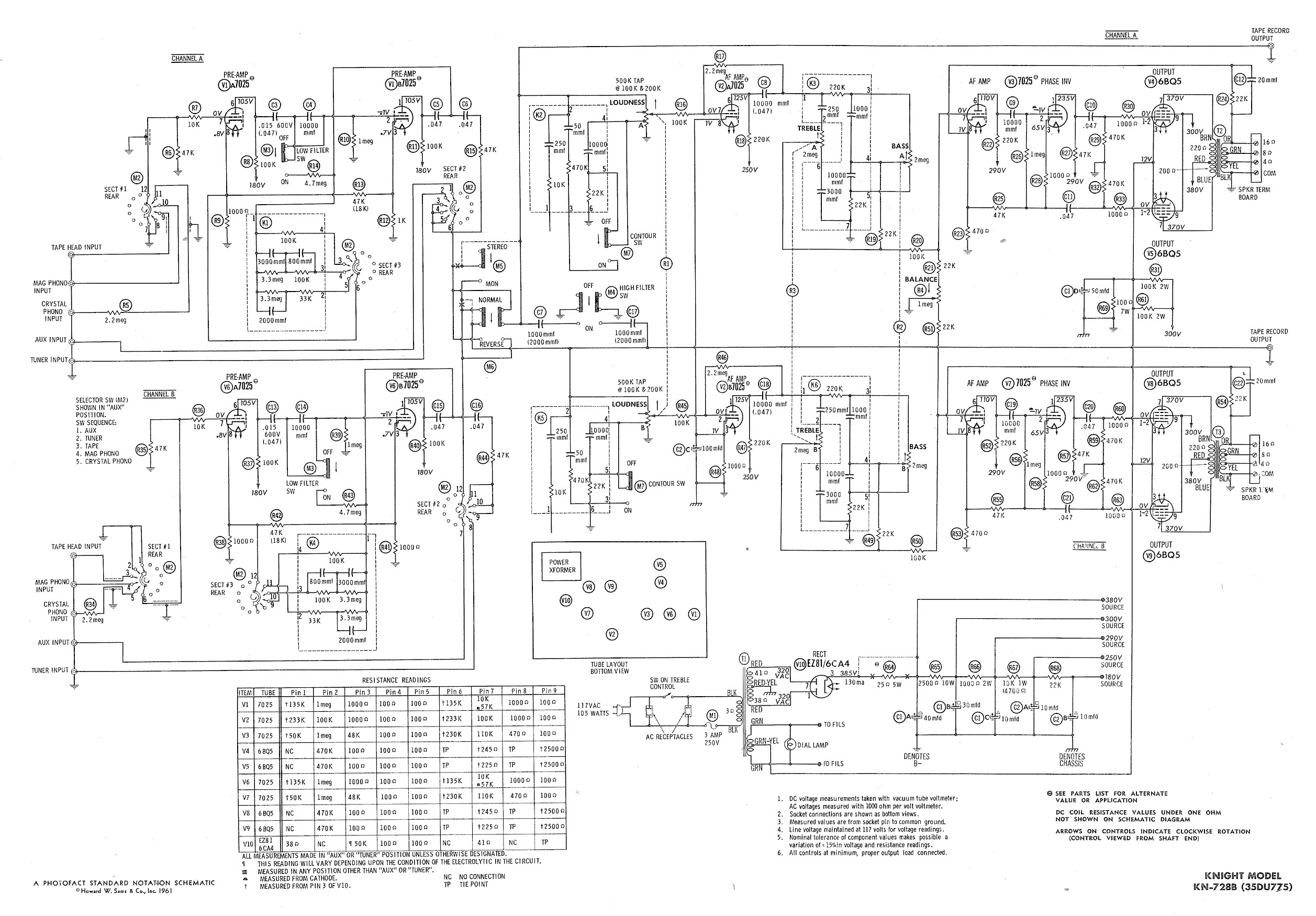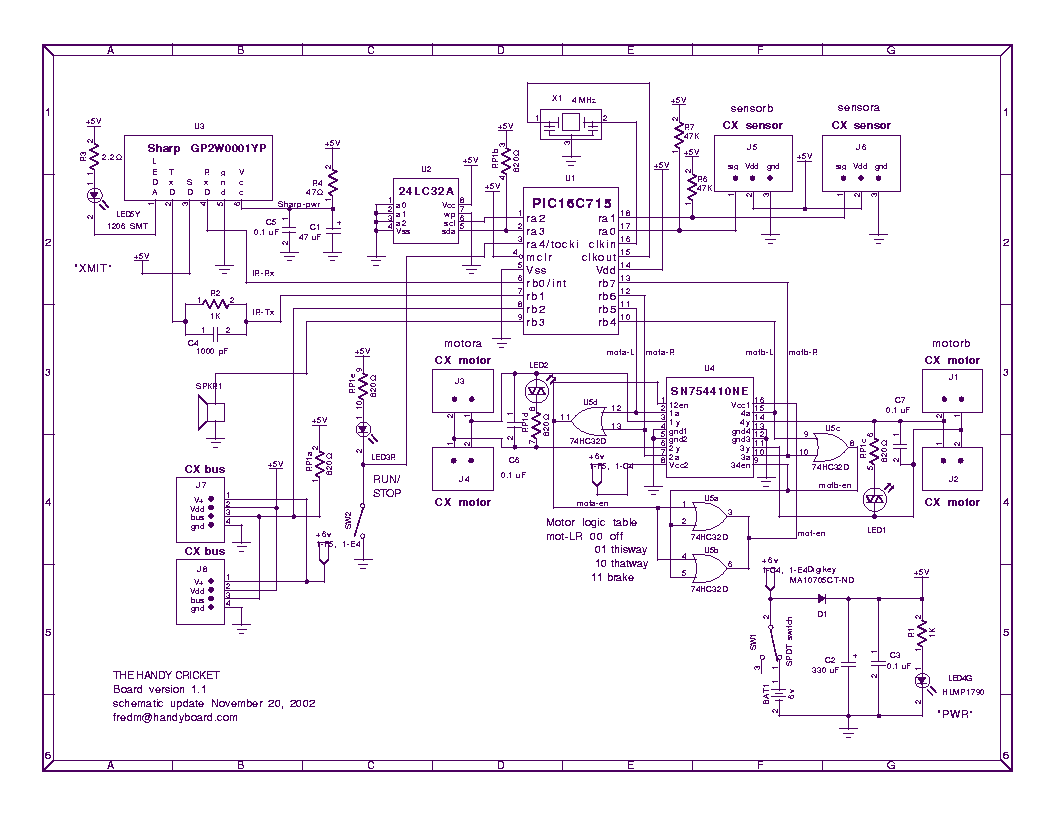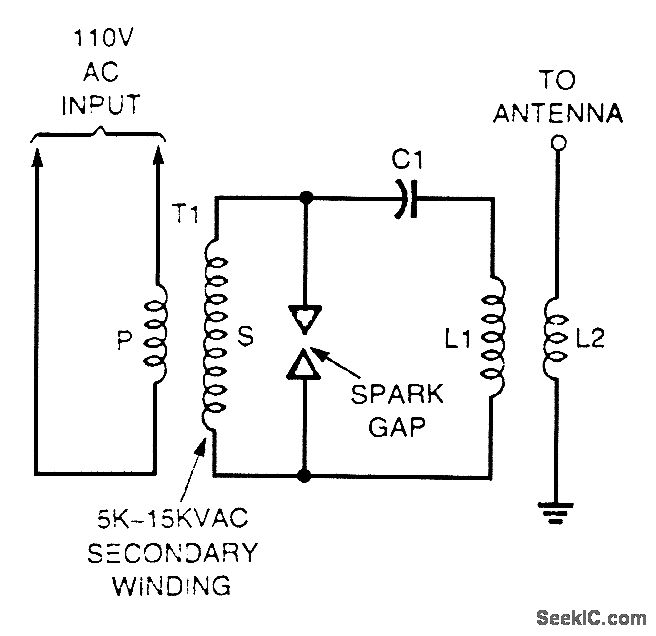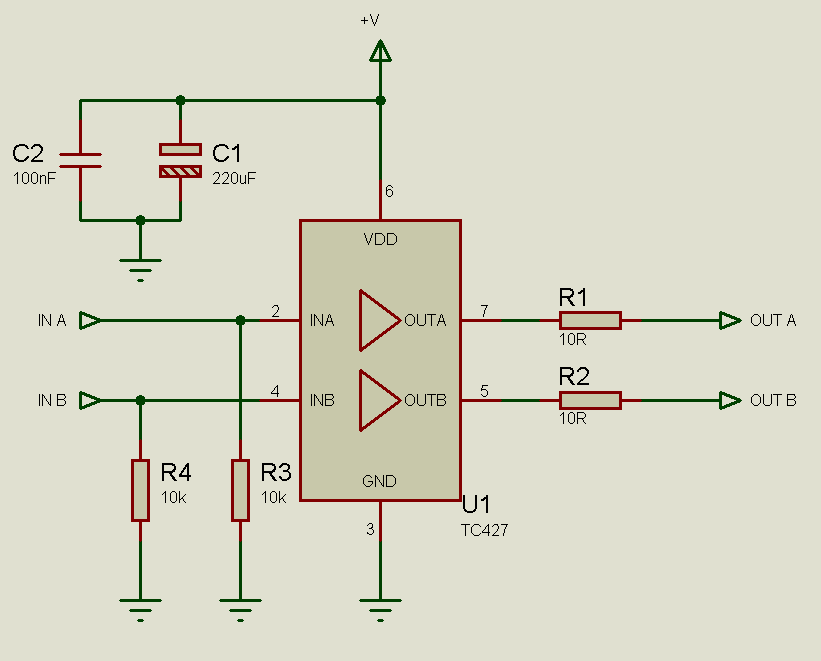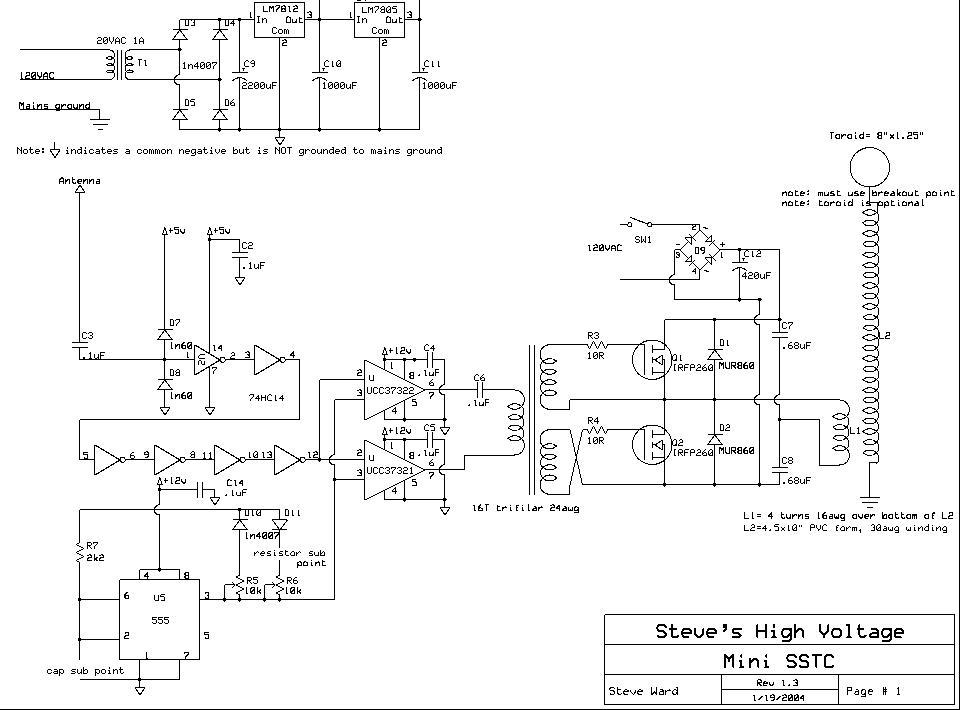
Ignition Coil Wont Spark from Mosfet but DOES spark By Hand
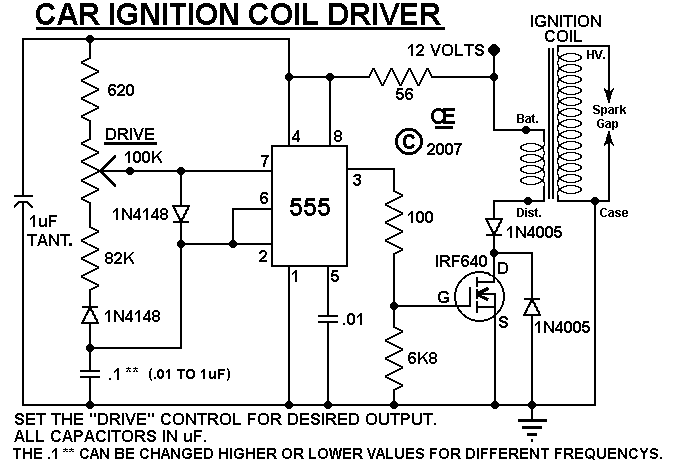
An ignition coil is being used to generate sparks, controlled by a MOSFET powered by a 555 timer. The MOSFET is confirmed to be switching.
The circuit involves a 555 timer configured in astable mode to generate a pulse-width modulation (PWM) signal that drives the gate of a MOSFET. The output from the 555 timer is used to turn the MOSFET on and off at a frequency suitable for the ignition coil. The MOSFET acts as a switch, allowing current to flow through the ignition coil when activated.
In this setup, the ignition coil is connected to a power source, typically a battery. When the MOSFET is turned on, current flows through the ignition coil, generating a magnetic field. Upon turning off the MOSFET, the collapsing magnetic field induces a high voltage in the coil, creating a spark at the output terminal of the ignition coil.
To ensure proper operation, it is essential to select a MOSFET that can handle the required current and voltage levels. Additionally, protection components such as a flyback diode may be included across the ignition coil to prevent voltage spikes from damaging the MOSFET. Proper heat sinking for the MOSFET may also be necessary to manage thermal dissipation during operation.
The timing characteristics of the 555 timer should be adjusted to achieve the desired spark frequency, which can be fine-tuned by changing the resistor and capacitor values in the 555 timer circuit. Overall, this configuration provides a reliable method for generating sparks using an ignition coil and a MOSFET controlled by a 555 timer.I`m trying to get an ignition coil to create sparks running it with a Mosfet powered by a 555 timer. The Mosfet is definitely switching. I checked it.. 🔗 External reference
The circuit involves a 555 timer configured in astable mode to generate a pulse-width modulation (PWM) signal that drives the gate of a MOSFET. The output from the 555 timer is used to turn the MOSFET on and off at a frequency suitable for the ignition coil. The MOSFET acts as a switch, allowing current to flow through the ignition coil when activated.
In this setup, the ignition coil is connected to a power source, typically a battery. When the MOSFET is turned on, current flows through the ignition coil, generating a magnetic field. Upon turning off the MOSFET, the collapsing magnetic field induces a high voltage in the coil, creating a spark at the output terminal of the ignition coil.
To ensure proper operation, it is essential to select a MOSFET that can handle the required current and voltage levels. Additionally, protection components such as a flyback diode may be included across the ignition coil to prevent voltage spikes from damaging the MOSFET. Proper heat sinking for the MOSFET may also be necessary to manage thermal dissipation during operation.
The timing characteristics of the 555 timer should be adjusted to achieve the desired spark frequency, which can be fine-tuned by changing the resistor and capacitor values in the 555 timer circuit. Overall, this configuration provides a reliable method for generating sparks using an ignition coil and a MOSFET controlled by a 555 timer.I`m trying to get an ignition coil to create sparks running it with a Mosfet powered by a 555 timer. The Mosfet is definitely switching. I checked it.. 🔗 External reference
